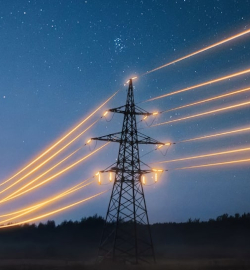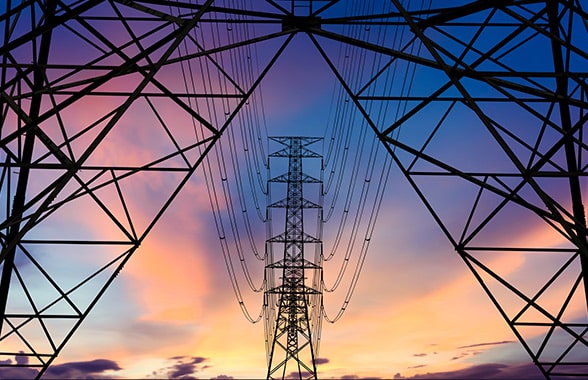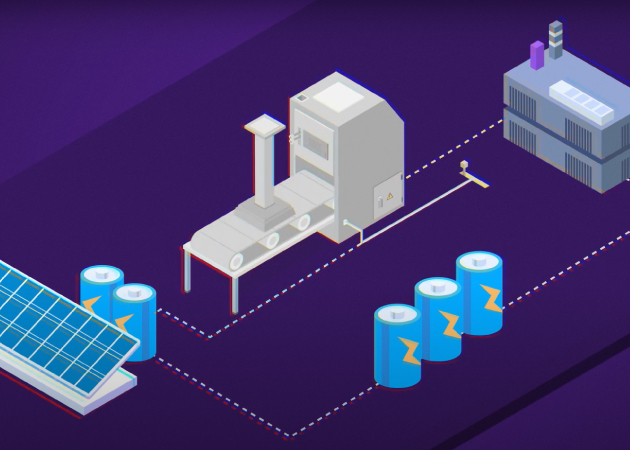Energy savings
Engaging in Demand Side Response means that participants are working to decrease their electricity use at times of peak demand when prices are high, which helps to reduce overall energy costs.
Cost-free and risk-free
Participating in Demand Side Response programmes with Enel X incurs no upfront costs and is risk-free. There are no penalties if particpants are unable to meet their obligation for an event; they just won’t receive revenue from the programme.
Grid stability and sustainability
Demand Side Response benefits all electricity users in GB. It is critical in managing and ensuring security of supply. Responding to DSR events can help prevent an actual outage of the national or regional grid system that would result in more frequent and longer periods running on back-up generation or batteries.
DSR also supports Net Zero ambitions; improving sustainability and helping to decarbonise the economy by enabling more variable renewable energy sources to be integrated onto the grid.
Improved business resilience
Businesses with generation or battery storage assets can generate revenue through DSR from equipment that might otherwise go unused for long periods. More frequent use also helps improve business resilience – well maintained and frequently run assets are most likely to deliver when called on to support the business during an unpredicted grid outage.
Advance notice of power outages
Participants in DSR programmes receive advance notice of pending periods of grid stress that may result in power outages. Knowing when the electricity supply will be disrupted allows business managers to schedule maintenance during an outage and reduce overall downtime.


